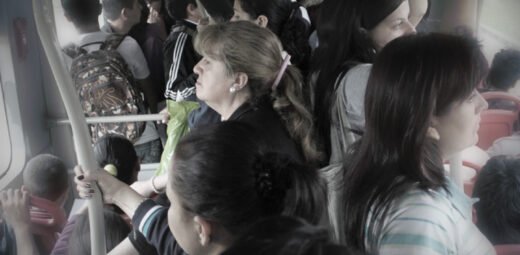
Jan 253 Myths Debunked: Employed and in Poverty
At Mercy Housing, we don’t like saying ‘poor,’ but know it’s how many people refer to people earning extremely low incomes, or the ‘working poor.’ The Bureau of Labor Statistics says that the working poor are people who “spend 27 weeks or more per year working or looking for work but their incomes are below the poverty level.” (UC Davis). It’s important to understand the cycle of poverty so that we can help make positive change.
A big first step in breaking the cycle of poverty is understanding the job and home options for the ‘working poor.’
1. All states have a minimum wage…

Five states don’t have minimum wages, so their minimum wages are the federal standard which is $7.25 — not a living wage. Ever heard someone say, ‘it’s expensive to be poor?’ Everything is expensive when you’re earning $7.25 an hour.
2. If you have a job, you can find a home…

Not one state (this isn’t a typo) has an adequate supply of affordable housing.
3. There aren’t that many ‘working poor’…

There are around 6.5 million ‘working poor’ in the U.S. the last time it was measured in 2020.
No related posts.
Stay Up To Date
Get news on Mercy Housing and inspiring stories of change delivered to your inbox.


